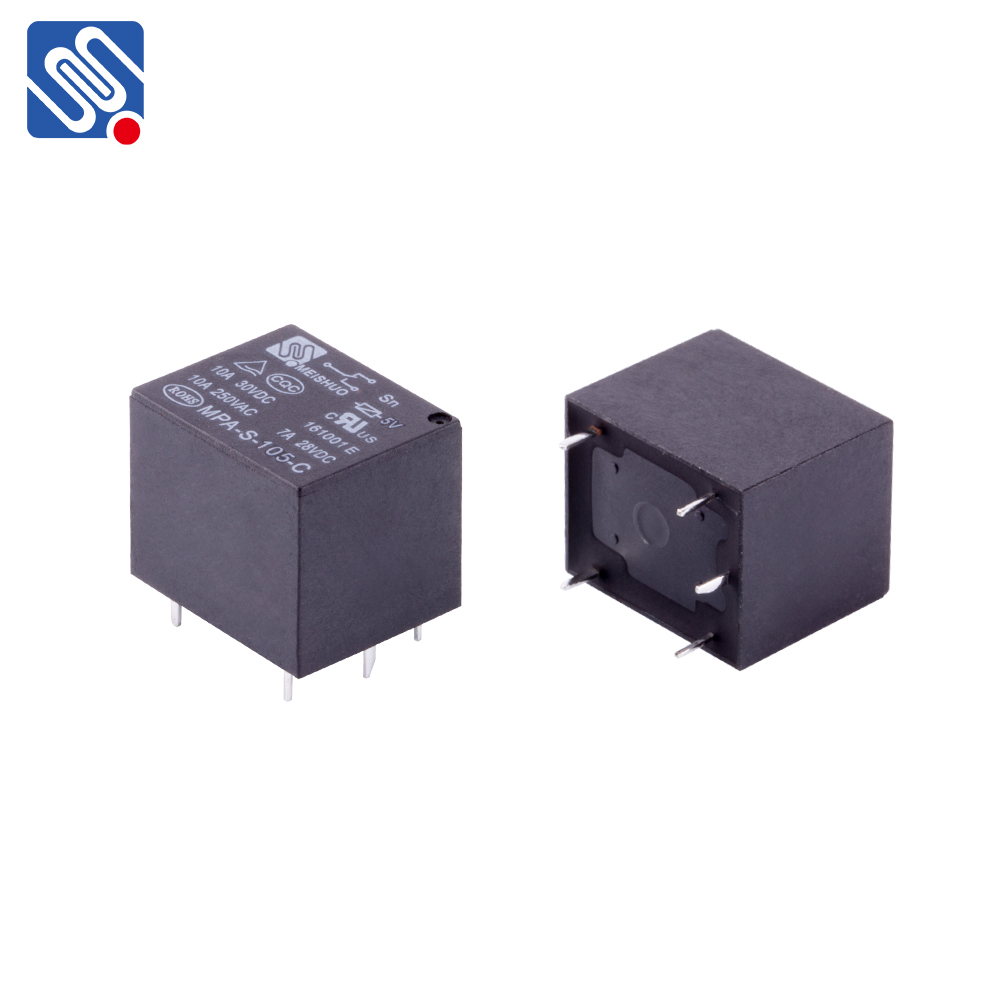Switch relays, often simply referred to as relays, are essential components in modern electrical systems, acting as intermediaries between control circuits and the power circuits. These electrical devices enable the switching of high voltage or current circuits by using a low voltage or current signal, making them a cornerstone in various automation, control, and protection applications. In this article, we’ll explore the inner workings of switch relays, their types, applications, and the role they play in making electrical systems more efficient and reliable.

What is a Switch Relay? A switch relay is an electrically operated switch that allows the opening and closing of a circuit. It operates on the principle of electromagnetism. When an electrical current passes through a coil within the relay, it creates a magnetic field that pulls or pushes a movable contact (called an armature). This movement either opens or closes the relay’s contacts, allowing or stopping the flow of current in the circuit. The relay consists of several key components: the coil (which acts as an electromagnet), one or more contacts (either normally open or normally closed), a movable armature, and a spring mechanism to return the contacts to their default positions once the coil is de-energized. The contacts can be designed to control various functions, like switching on or off electrical devices or providing overload protection for circuits.